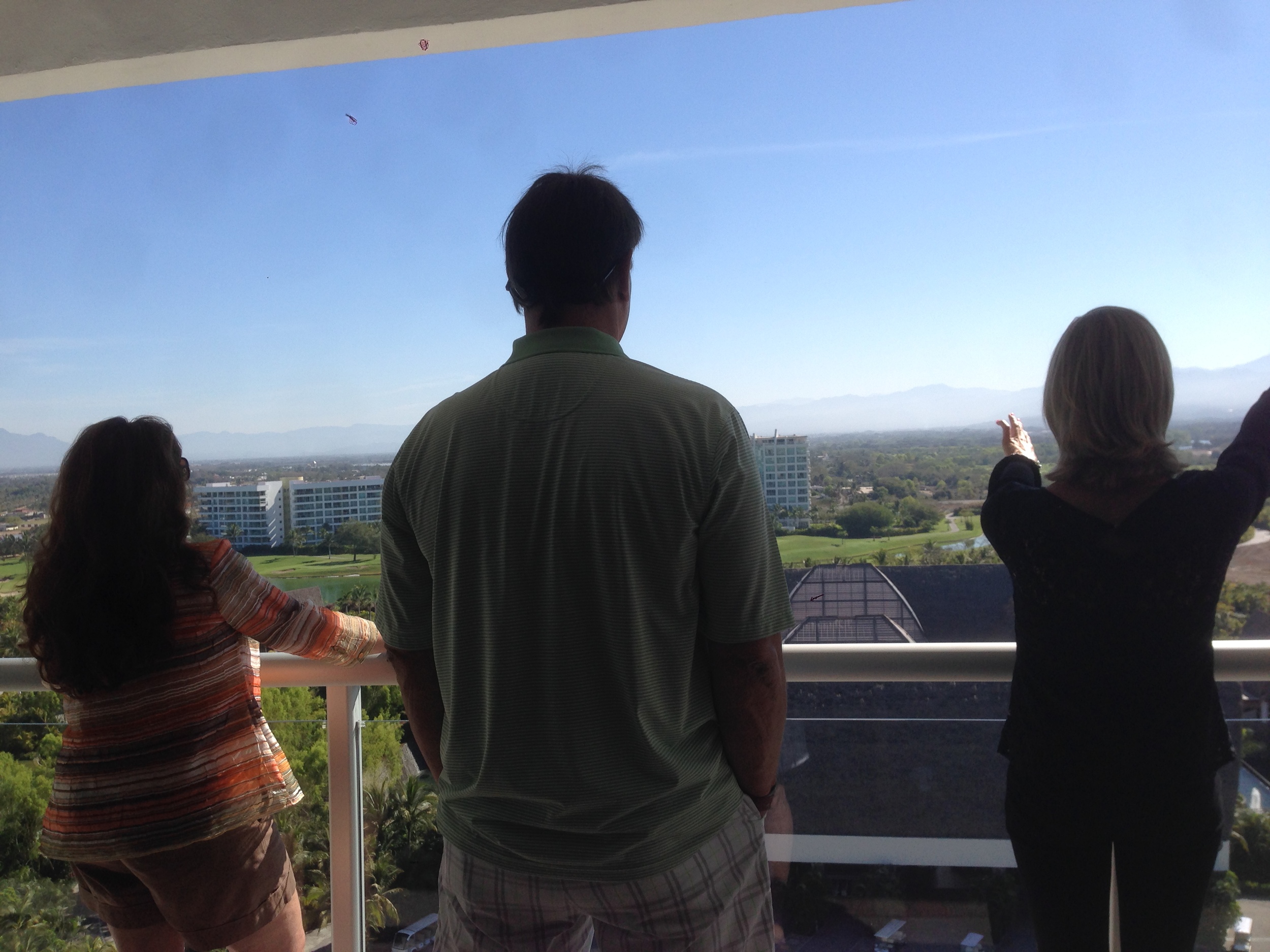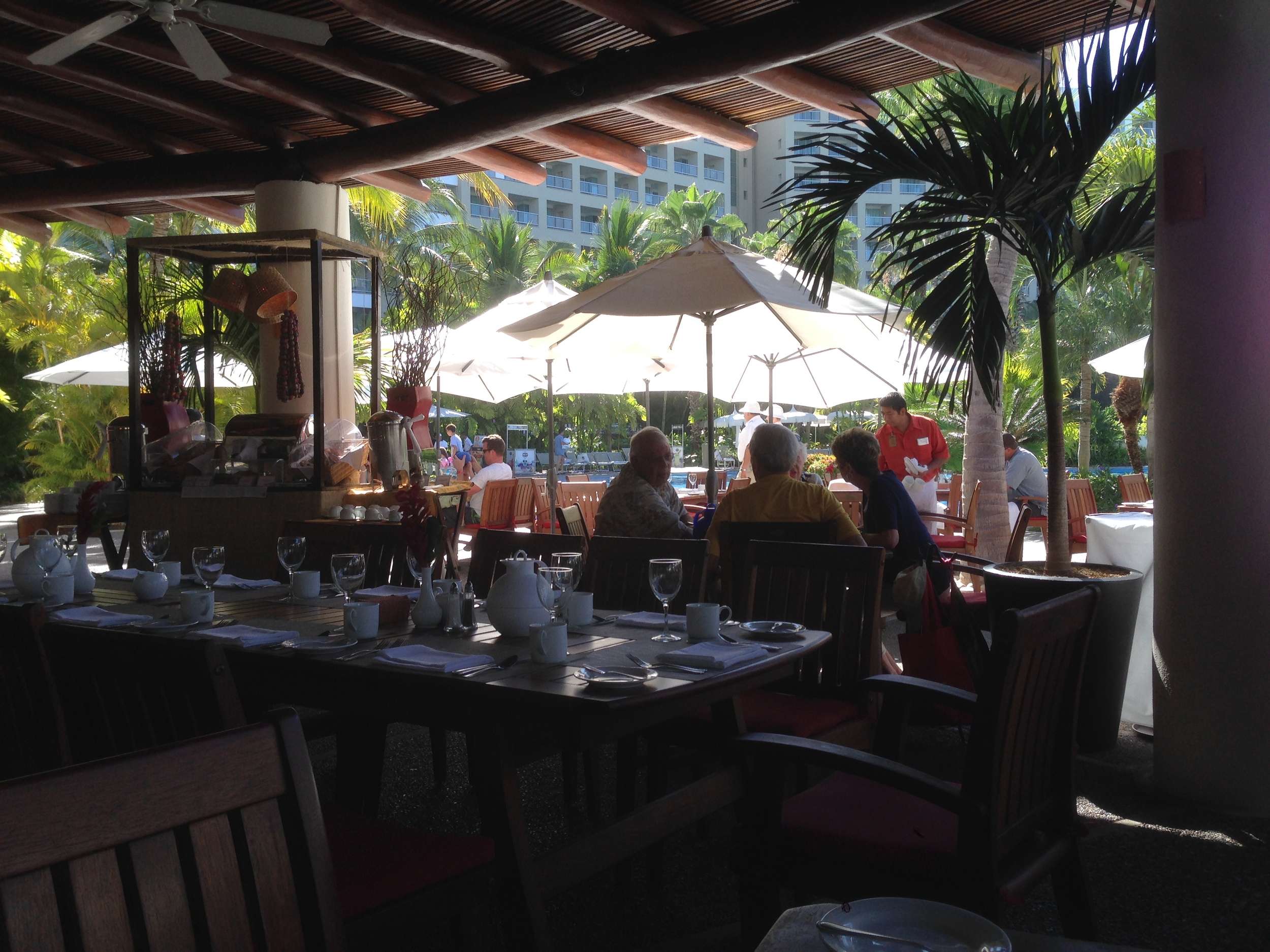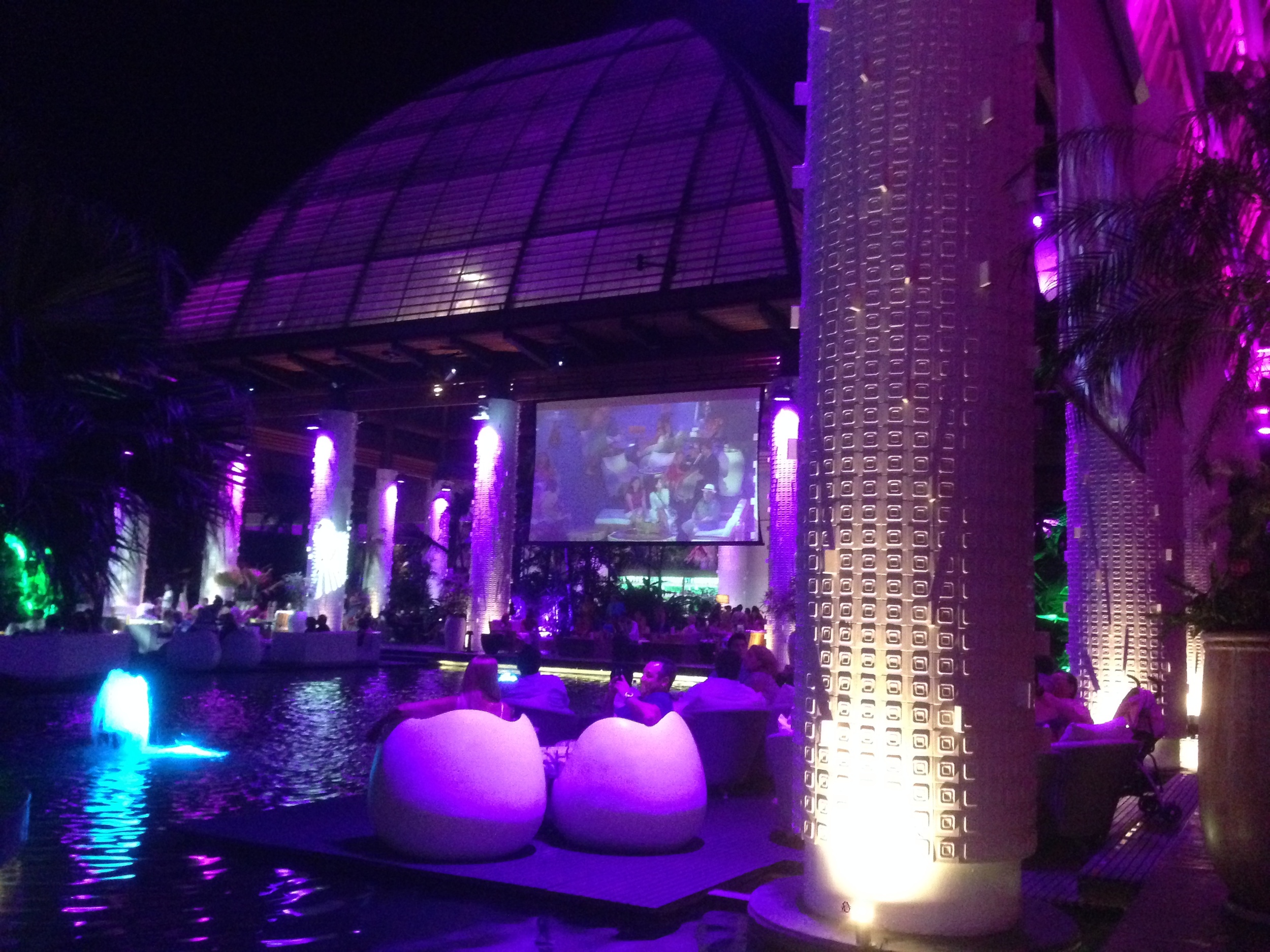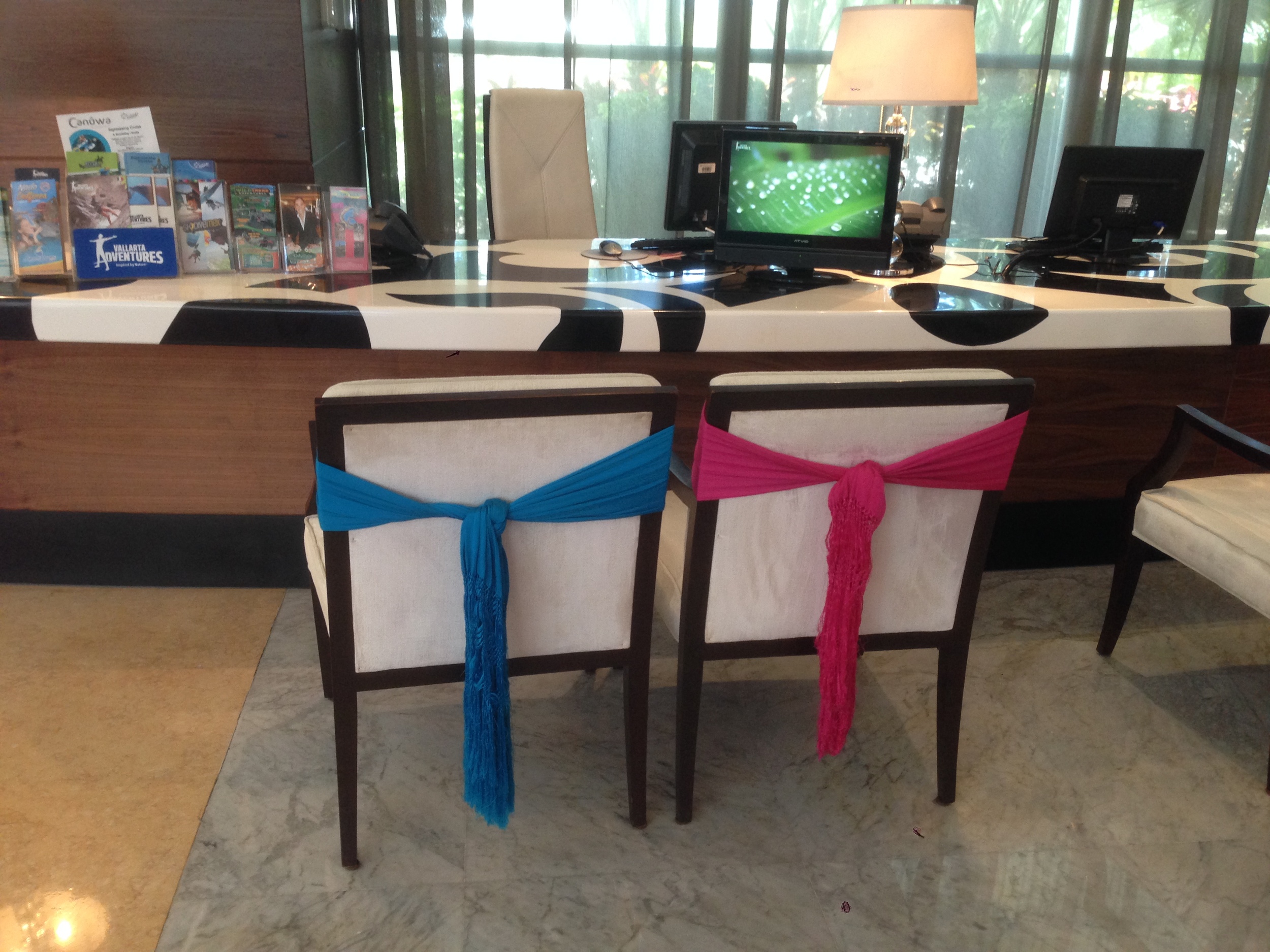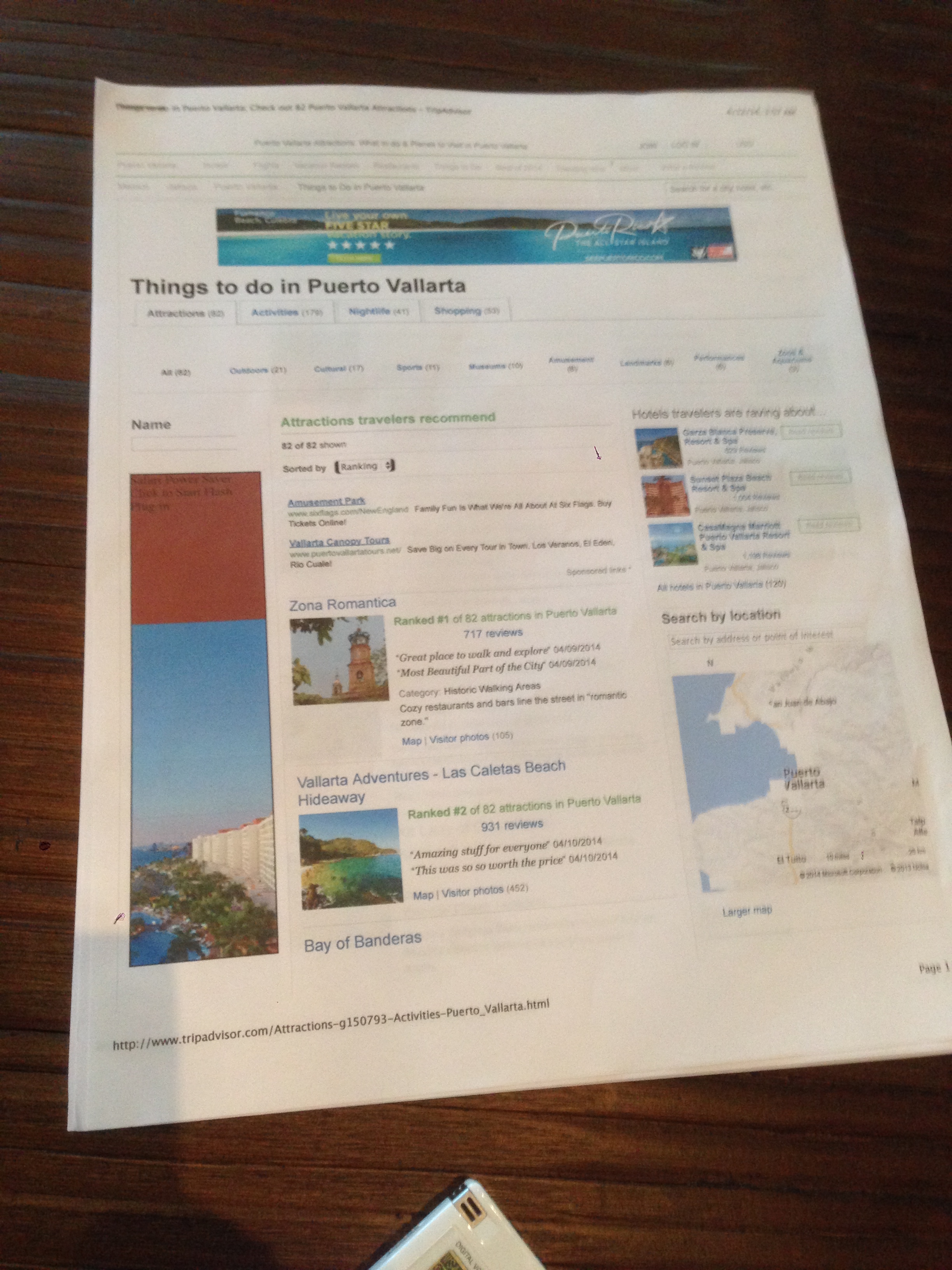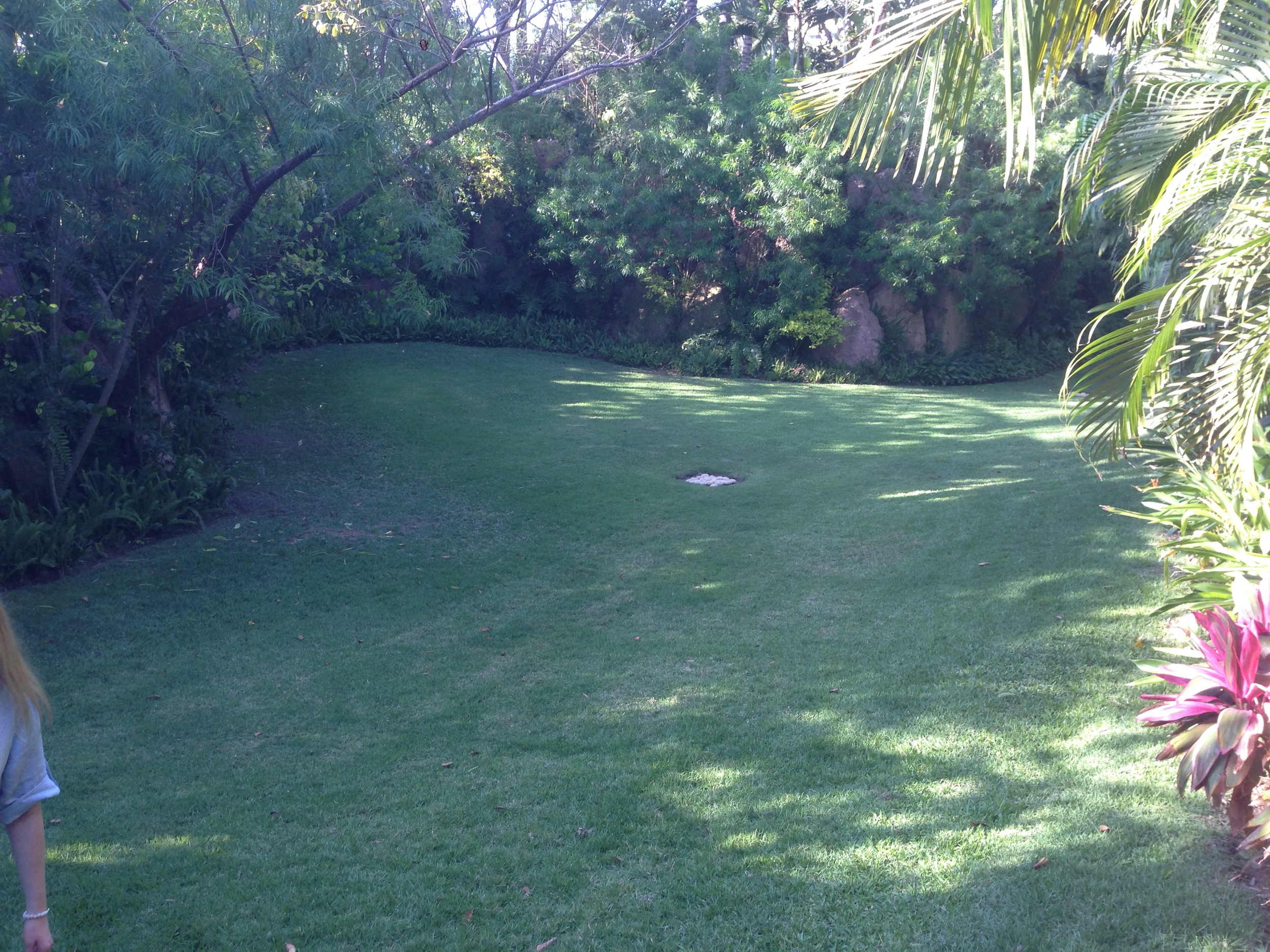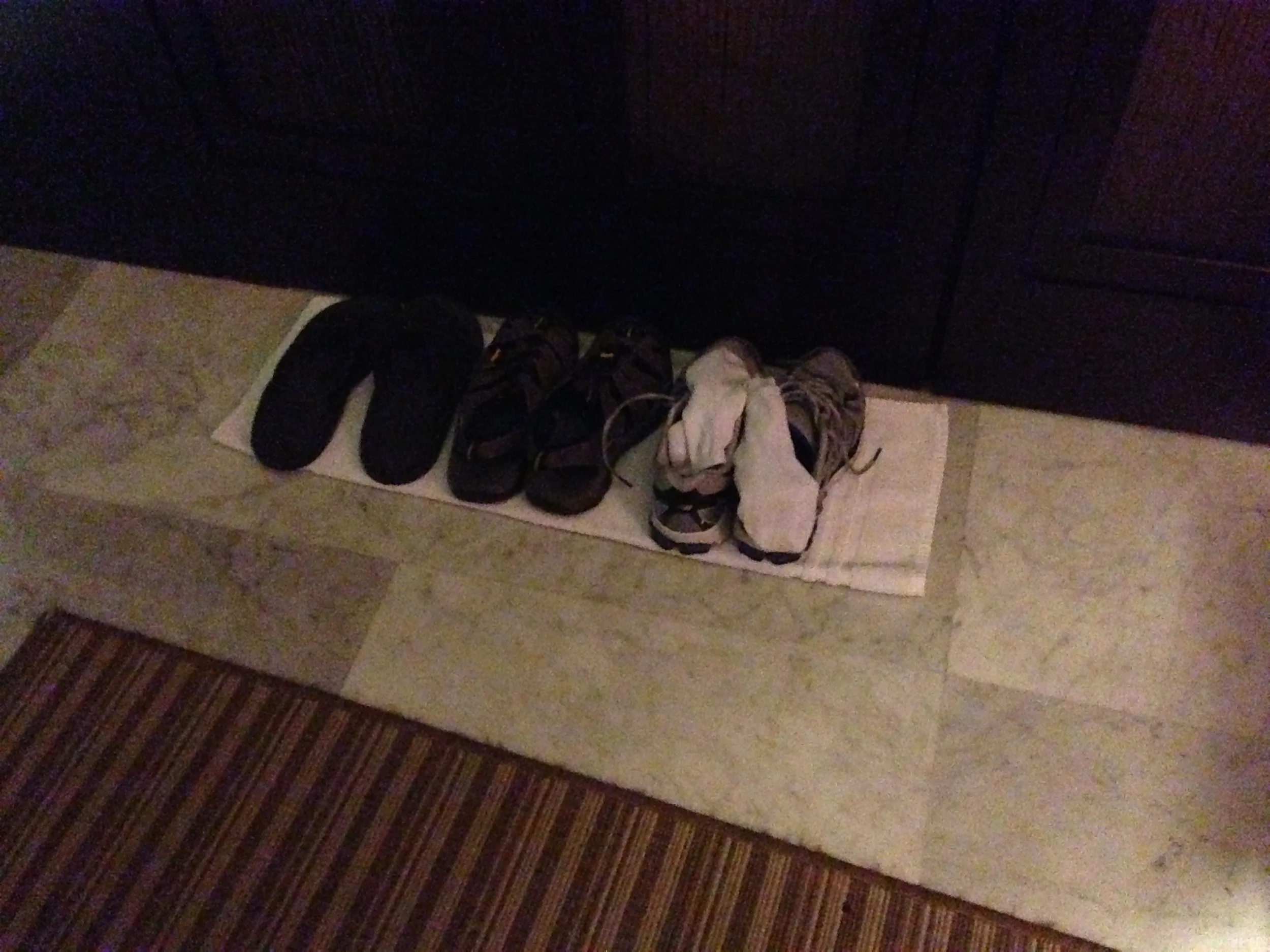Immersing The Team In The Resort Guest Experience
A large Mexican resort operator engaged Astadia to completely redesign its web experience for desktop and mobile. The existing experience was a mishmash of multiple resort property sites and a poorly implemented booking tool. The project goal was to unite all of the properties and an improved booking process in one centralized site. Moreover, the client wanted a totally new approach to representing the brand and its resorts online, including new messaging and overall look and feel.
While selling the project, I convinced the client that deep, meaningful research would be required to achieve the goal of new messaging and presentation for the brand. My challenge was then to lead the initial discovery phase of the project that included that powerful research.
Approach
Before our team of creatives, copywriters, and developers could devise a new brand approach, we needed to gain a deep understanding of the product: the resorts and the guest experience. Consequently, I designed an in-depth ethnographic research approach, built around participant-observation, to immerse the team in the resort guest experience.
Pre-Work
Despite the obvious appeal of a week at a Mexican resort, and a short timeline from the client, we did not rush into the field. Instead, I began by conducting secondary research on travel, travel booking, social media for travel, and related topics. This, combined with client interviews, provided a foundation for the upcoming primary research.
A slide from my team training presentation.
I also had to train the rest of my team to be decent field researchers in order to ensure that our collective time in the field would be useful. Despite the narrow window of time, I devised a training for 10 team members that covered the basics of field research, such as taking field notes, performing observation and maintaining a high ethical standard. In about a week I had a team of reasonably prepared field researchers to work with.
Execution
With the groundwork laid, I equipped myself and my newly minted research team with protocols of my own design. Specifically, I planned for the team to conduct intercept interviews with guests, do guest shadowing, and perform observation at rotating locations around the resort. I placed special emphasis on trying to be true participant-observers, enjoying the resort experience while also thinking about it objectively.
As with any good plan, once it met the reality of the field we had to make some changes. Nonetheless, things went very well and the team collected a large amount of interesting and useful data during our week as participant-observers at the resort. I believe that I succeeded in immersing the project team in the brand experience and gathering plenty of knowledge to inform the rest of the project.
Personally, I also learned a great deal about running a diverse team of researchers in a live setting. The subject of greatest turbulence was the structure of the research approach. On one hand the group welcomed my expertise in conceiving and structuring the research. On the other hand, once on site, many chafed at having to follow clear schedules and guidelines. We resolved this tension by adapting our approach to better suit individual skill sets and realities on the ground, while staying true to our research goals. I look forward to accounting for this tension in future projects.
Impact
At the conclusion of our time in the field, I collated all of the data collected by the team and created draft codes for future analysis. I was due to leave my position at Astadia soon after our return and so was unable to participate in the analysis. I did, however, train my replacement on the project, providing her with my approach and tools for inductive analysis. I later learned from the client that they were thrilled with our research findings and that the findings were very useful in informing the branding and design exercises.
Moments From The Field
